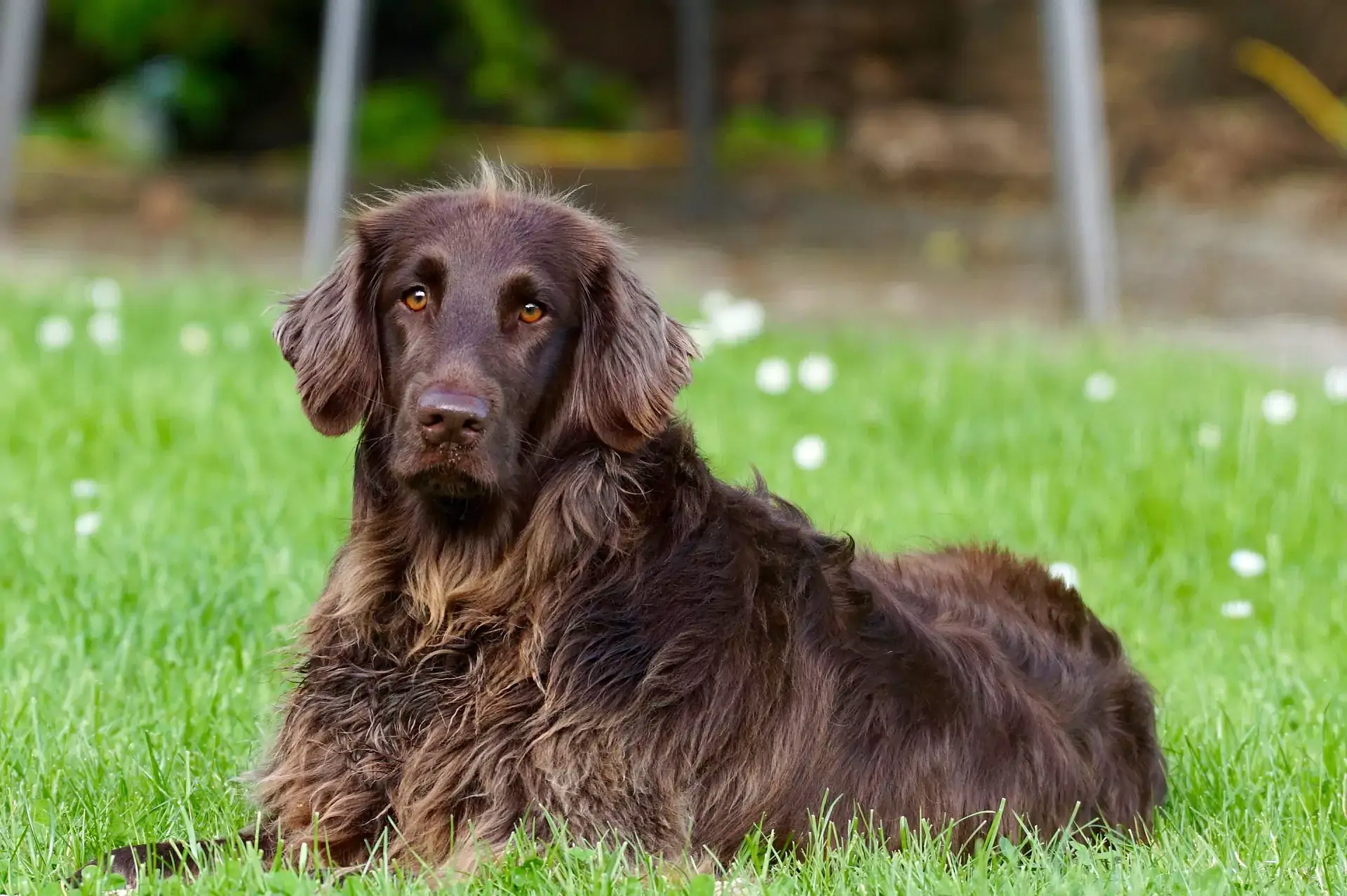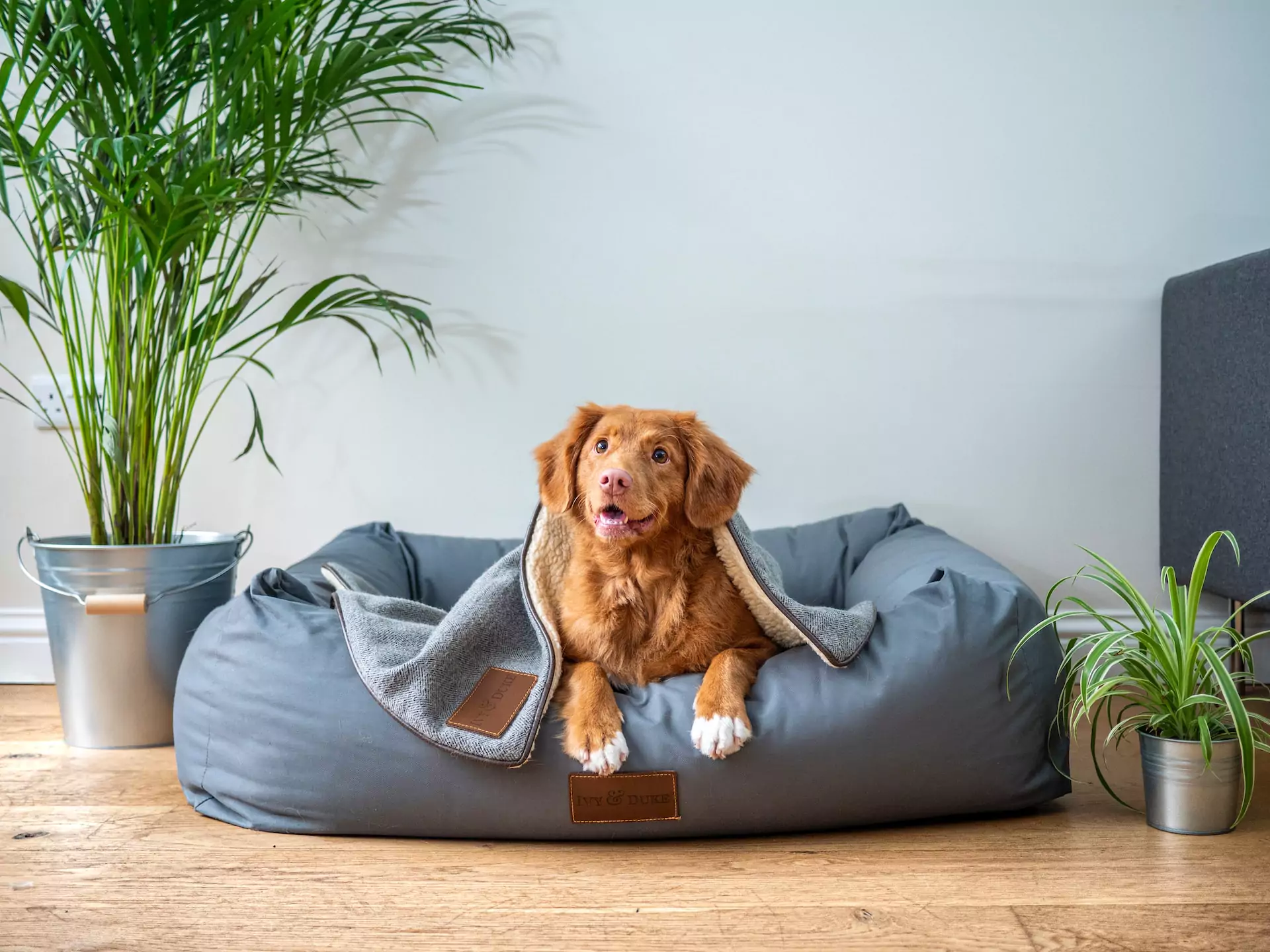Caring For A Bearded Dragon
Bearded dragons may very well be the kings of the reptilian world, at least as far as popularity goes. These cute lizards are gentle, fairly small, and pretty low-maintenance. That all makes them a great choice for those new to owning reptiles. A local Burlington, ON vet goes over some of the basics of beardie care in this article.
The Basics of Bearded Dragons
Bearded dragons originated in central Australia. They are usually sandy in color, which allows them to blend in with their native environment. Some, however, are yellow or orange. These pretty lizards got their name because their skin flares out under their chins when they get scared. In that state, it looks rather like a beard … hence the name.
In comparison to some other reptile species, beardies are relatively small, with the average adult beardie measuring around two feet in length. (You won’t need a large enclosure for them, which is a definite bonus.)
However, what truly sets beardies apart is their individuality. Many of them are known for being naturally friendly and even affectionate – a rare trait among reptiles. You can take your pet dragon for a walk, or just let him climb on you as you watch TV. They’re also cute, gentle, friendly, and easy to take care of. With their manageable size and calm demeanors, bearded dragons are also suitable pets for older children.
Adopting a bearded dragon does require a significant commitment: these guys can live for over ten years! However, it’s worth noting that other reptiles can live much longer – turtles, for instance, can live up to 50 years. Just think carefully before adopting one.
Choosing A Terrarium For A Bearded Dragon
The size of your pet’s habitat should depend on their age. A 20-gallon terrarium is suitable for a baby beardie. However, since they grow quickly, a 40-gallon one may be a better investment. Once fully grown, a dragon will require at least a 70-gallon habitat.
The enclosure should be wider and longer rather than tall. When it comes to substrate, there are several options available, including newspaper, butcher paper, and reptile carpet.
There are a few things to keep in mind here. If using paper, daily changes will be necessary. Also, we don’t recommend sand substrates, especially for young dragons. Baby lizards can swallow the particles, which can cause intestinal blockages.
Bearded Dragon Habitat Light/Heat Requirements
Like other reptiles, these guys regulate their internal temperature by moving from hot to cool areas and back. You’ll need to set up your terrarium with different temperature zones, or gradients. The warmer end should be about 95 to 105F. The cooler end can be around 85. The entire habitat can be cooler at night.
You will have to check these temperatures several times a day, so you’ll need a few good thermometers. It’s not a bad idea to get a hygrometer as well, so you can also measure the humidity levels. These should be around 35%.
Accessories For Bearded Dragons
Your little dinosaur will need some dinosaur-appropriate furnishings. Offer a sturdy basking spot. Suitable options could include driftwood, large rocks, or grape vines. Live plants add enrichment and make the habitat look nice, but be cautious of any that may be toxic to your beardie. Lastly, make sure to provide at least one hide for your pet’s privacy.
Choose shallow bowls for your pet’s food. This is especially important for babies, as they could drown in deep bowls. Keep the bowls on the cooler end of the terrarium so the food that isn’t still moving doesn’t spoil as quickly.
Bearded Dragon Heat/Lighting
Bearded dragons must have full-spectrum lighting in order to stay healthy. Ultraviolet light, or UVB, is crucial for them. Without it, they cannot process calcium and vitamin D properly and can suffer severe health problems. (The most concerning is metabolic bone disease, or MBD, which is very painful and debilitating.) Sunlight provides UVB to beardies in the wild. Your pet will live indoors, so special bulbs will be needed.
There are a few things to keep in mind here. Young beardies may need stronger bulbs, so you should check with your Burlington, ON vet regularly for tips on wattage. The lights should also be set on a timed, 12-hour cycle.
Place fluorescent bulbs at least a foot away from your dragon. Otherwise, the little guy could get burned!
Don’t forget to replace the bulbs regularly. They wear out pretty quickly. Change them about every six months, and keep spares on hand. It’s also a good idea to get a UV meter so you can measure humidity.
How Do Beardies Show Sickness?
Just like any other pet, beardies are susceptible to illness and injury. You’ll need to keep a close eye out for warning signs. It may take a practiced eye to spot some of them, but just knowing what to look for can be helpful.
Here are a few red flags:
- Respiratory Issues
- Unusual Movements Or Posture
- Trouble Walking
- Incomplete Sheds
- Weight/Composition Changes
- Constipation
- Diarrhea
- Lack Of Appetite (Note: This Is Normal Just Before A Shed.)
- Lethargy
- Hanging Jaws
- Discoloration
- Lesions
- Sunken Eyes
- Limping
- Stiffness/Weakness
- Tail Kinks
Please reach out to your vet right away if you spot any of these.
What Will My Bearded Dragon Eat?
These charming lizards are omnivores, meaning they eat both plants and insects. While bugs will make up the majority of your pet’s menu, their proportions and feeding schedules will change over time. younger dragons need more protein, so they need more insects. Older lizards can eat more produce and fewer bugs.
Some suitable bugs include wasps, elder bugs, crickets, hornworms, Dubia roaches, butterworms, or mealworms. You should only offer store-bought insects. Wild insects can be contaminated with pesticides, and may carry parasites or diseases. You will also need to dust your pet’s bugs with nutritional powder before they become, well, lunch. Your vet may recommend calcium, vitamin D, and multivitamin supplements for beardies.
Your reptilian friend can also be fed certain types of vegetables. Your lizard can enjoy many green leafy vegetables, such as dandelion, mustard greens, collard greens, kale, and endive. Other options include bell peppers, carrots, and butternut squash.
Many fruits are also fine. Fruit can make good treats … in small amounts. However, avoid overdoing it since it is high in sugar. Strawberries, grapes, tomatoes, peaches, figs, dates, and apricots are all good options.
Your lizard pal can eat flowers! (Beardies also look really cute with flower ‘hats’ on.) Dandelions, roses, carnations, and geraniums are all fine. However, not all flowers are safe, so do your research before offering them to your pet. Flowers treated with pesticides should never be given to your beardie.
Dehydration is a common problem with beardies. Make sure your reptilian friend has fresh water at all times. Your beardie will also benefit from regular soaks.
Be sure to research any new foods! Ask your vet for specific advice on your lizard’s care needs. Keep in mind that your bearded dragon’s nutritional requirements will change over time. Be prepared to adjust as needed.
Do you have questions about bearded dragon care? Contact us, your local pet hospital, for all of your pet’s veterinary care needs.




